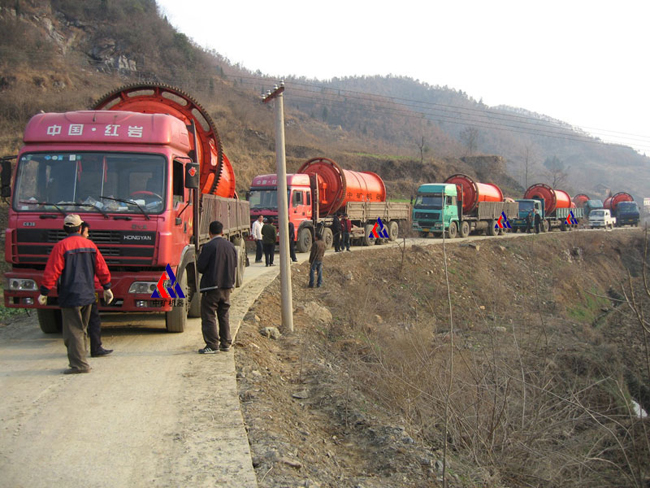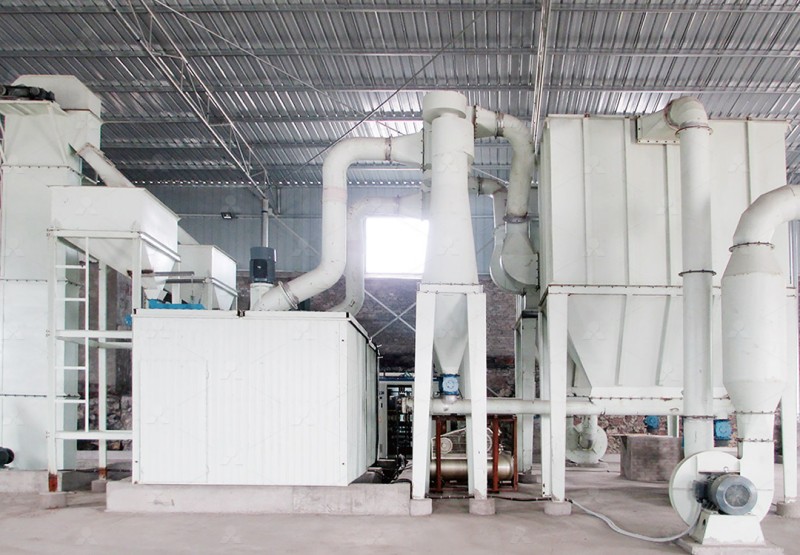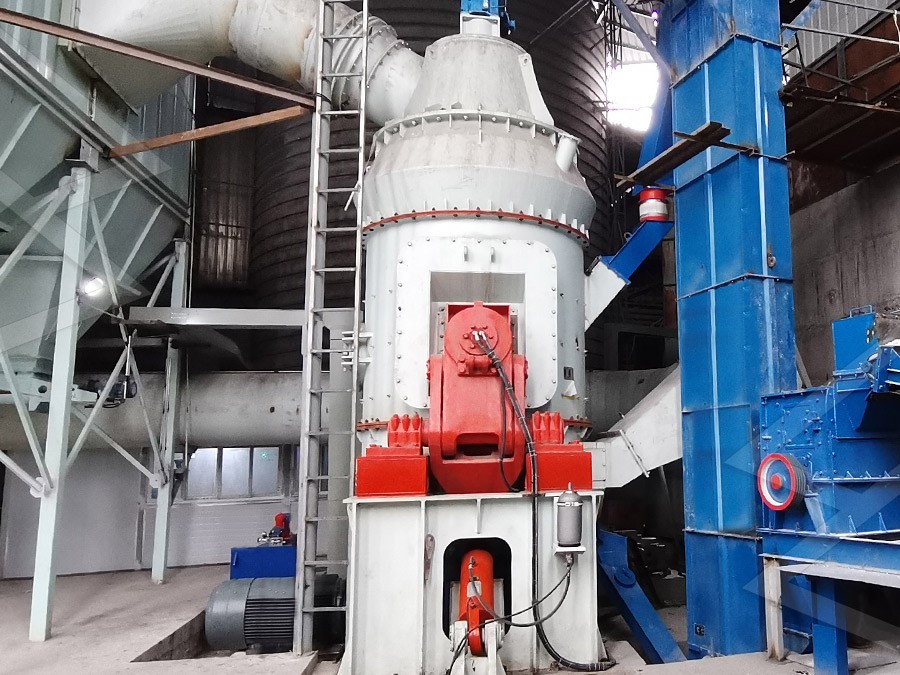Ball Mill in Cement Industry: Working Principle, Types, and Maintenance Guide with Pictures
Ball Mill in Cement Industry: Working Principle, Types, and Maintenance Guide
Ball mills are indispensable equipment in the cement industry, playing a critical role in grinding raw materials and clinker to produce high-quality cement. This article explores the working principle, types, and maintenance practices of ball mills, with a focus on optimizing performance and longevity.
Working Principle of Ball Mills
A ball mill operates on the principle of impact and attrition. The grinding chamber rotates horizontally, and steel balls inside the chamber crush and grind the material. The centrifugal force generated by the rotation lifts the balls to a certain height, after which they fall back, impacting the material. This repetitive action reduces the particle size to the desired fineness.

Types of Ball Mills
Ball mills come in various designs, each suited for specific applications:
- Horizontal Ball Mills: The most common type, used for grinding raw materials and clinker in cement plants.
- Vertical Ball Mills: Compact and energy-efficient, ideal for fine grinding and drying operations.
- Planetary Ball Mills: High-energy mills used for laboratory-scale grinding and mixing.
For ultra-fine grinding applications, consider our MW Ultrafine Grinding Mill, which offers higher efficiency and lower energy consumption compared to traditional ball mills. With adjustable fineness between 325-2500 meshes and eco-friendly dust removal, it’s perfect for limestone, calcite, and other materials.

Maintenance Guide
Proper maintenance ensures the longevity and efficiency of your ball mill:
- Lubrication: Regularly lubricate bearings and gears to reduce friction and wear.
- Inspection: Check liners and grinding media for wear and replace them as needed.
- Alignment: Ensure the mill is properly aligned to avoid vibrations and uneven wear.
- Cleaning: Remove dust and debris from the mill and auxiliary equipment.
For operations requiring minimal maintenance, our LUM Ultrafine Vertical Grinding Mill features a reversible structure and hydraulic adjustment system, making it easy to inspect and replace parts without prolonged downtime.

Conclusion
Ball mills are vital for cement production, but selecting the right type and maintaining it properly can significantly enhance performance. For advanced grinding solutions, explore our MW Ultrafine Grinding Mill and LUM Ultrafine Vertical Grinding Mill, designed for efficiency, precision, and ease of maintenance.
